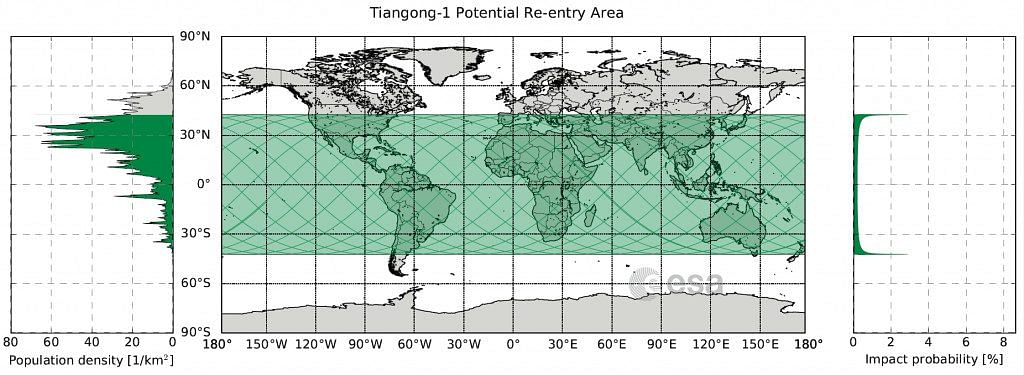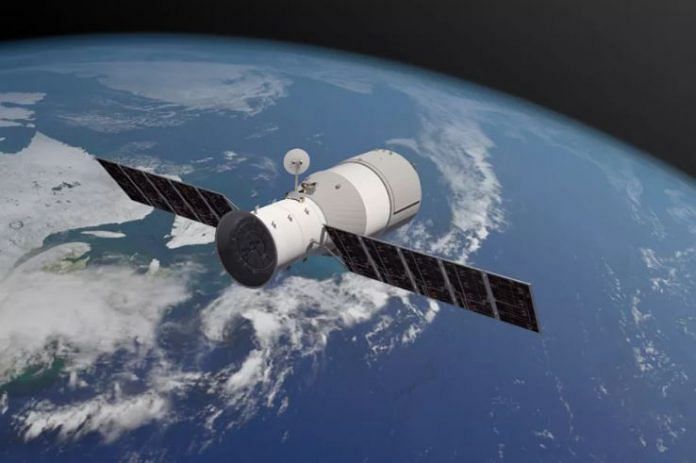China had lost contact with the prototype space station in 2016.
Bengaluru: If someone tells you a space station is hurtling towards us on 1 April, it won’t necessarily be a prank.
China’s first space station, Tiangong-1, is expected to burn up in the atmosphere and crash into Earth at 4.30 pm IST with a 16-hour buffer on either side. We can’t tell yet exactly when and where the chunks of the station will fall, but that isn’t really a cause for worry.
Tiangong-1 was launched into orbit in 2011 as a prototype space station for China. It has conducted both crewed and robotic missions. The crewed missions were especially noteworthy for having sent the first female Chinese astronauts to space. In 2016, China announced that the station had ceased to function, without any explanation about why. The United Nations and amateur astronomers who tracked the station deduced this meant they could no longer communicate with or control the station. Ever since, the spaceflight community has waited for the station to slowly lose height in its orbit (‘orbital decay’) and burn up.
The top parts of the Earth’s atmosphere affect objects that are in orbit near it, producing a drag as they circle the planet at tremendous speeds. Because the upper atmosphere’s weather keeps fluctuating due to a variety of factors, it is difficult to model the rate of drag and how much a decaying orbit is affected. The sun also constantly interferes with the top parts of our atmosphere by sending charged particles our way. Additionally, the current mass of the station is also unclear as it had used up a certain amount of fuel before China lost contact. Therefore, it is very hard to predict exactly when and where Tiangong-1 will burn up.

Tiangong-1 is being tracked by people worldwide. Aerospace Corporation, a California-based company, says the “chances that space debris will hurt anybody are extremely slim”. The station is the size of a Volvo bus and would most likely break up into thousands of small pieces on its way down.
The Chinese space agency, China Manned Space Engineering Office (CMSEO), recently said the destruction of its station will look like a meteor shower. There is a high likelihood that its broken-up components will fall into the ocean because there is a lot more water than land along its path, but if it breaks up over a continent, residents below will definitely be able to spot the shower.
Tiangong-1’s position and window of re-entry are being continuously updated on the Aerospace Corporation website.






